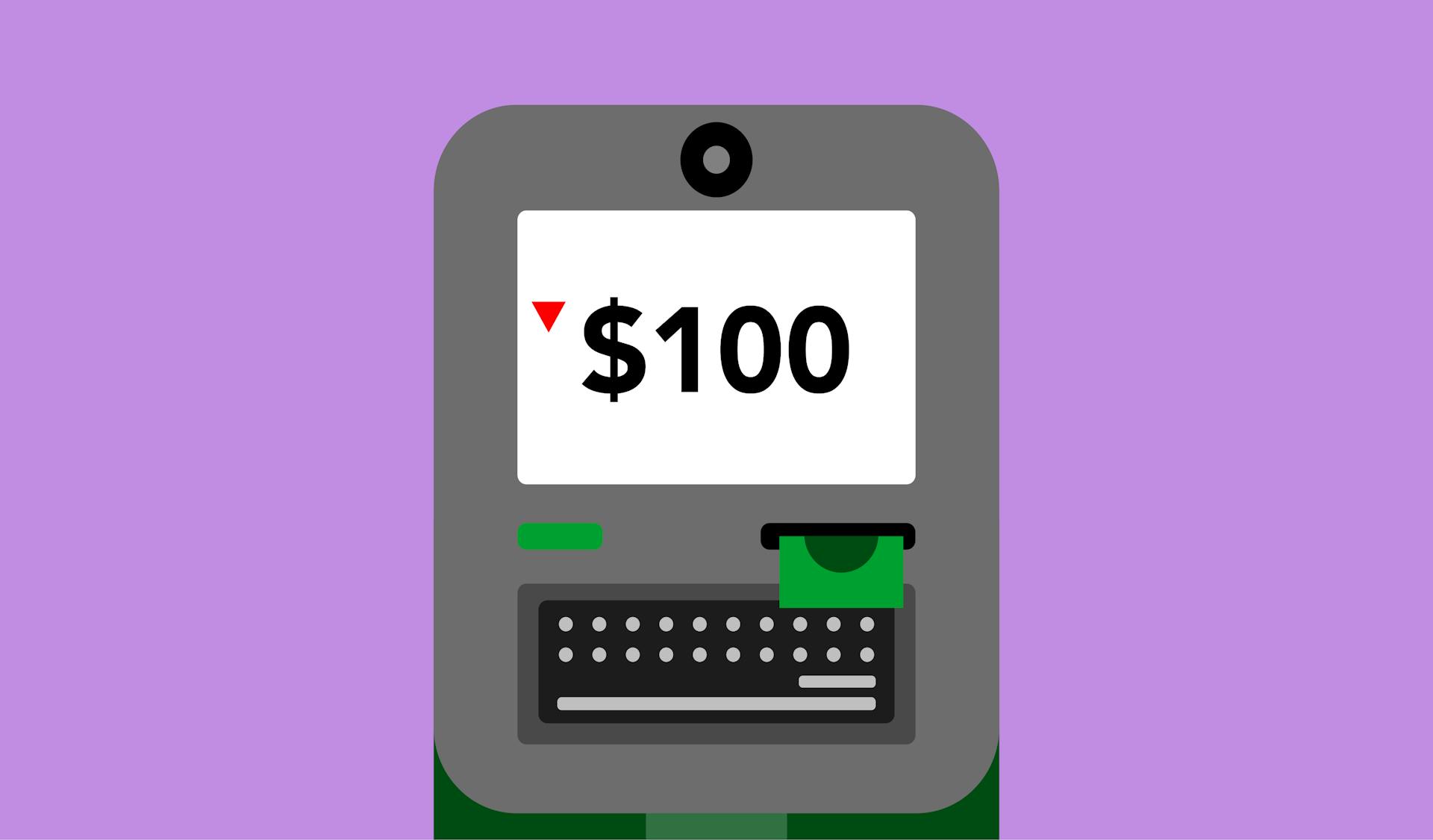
Pattern day trading can be a costly mistake for investors. It's a rule set by the Financial Industry Regulatory Authority (FINRA) that requires traders to maintain a minimum equity balance in their accounts.
To avoid pattern day trading, you need to understand the rules. The rule states that you must have at least $25,000 in your account to trade certain securities.
If you don't meet this requirement, you'll be restricted from trading. This means you won't be able to execute trades, even if you want to.
Broaden your view: 60 Day Rule
What is Pattern Day Trading
Pattern day trading is a designation given to traders who execute four or more day trades in five consecutive business days.
To avoid this designation, you'll need to maintain a minimum balance of $25,000 on your account at all times when using a margin account.
Any type of trade, including stock options and short sales, will be accounted for as a day trade as long as it occurs on the same day.
Day trading refers to buying, then selling or selling short, then buying, the same security on the same day.
Long and short positions held overnight, but sold prior to new purchases of the same security the next day, are exempt from the PDT designation.
Pattern day traders can trade amounts up to their day-trading buying power, which is generally equal to four times the equity they hold in excess of their maintenance margin.
If there is a margin call, pattern day traders will have five business days to answer it, and their trading will be restricted until the call has been met.
To avoid a 90-day cash-restricted account status, pattern day traders must address margin calls within the given timeframe.
The PDT designation is limited to stock and equity options trades, and any type of trade that meets the criteria will be counted towards the four-day trade limit.
Related reading: Equities Trading
Who Is Affected?
If you're a U.S. stock trader with a margin account, you need to be aware of the PDT rule. The PDT rule applies to U.S. stock traders with margin accounts.
You won't have to worry about the PDT rule if you're a cash account trader, but you should still know about the T+2 settlement rule. Trades take two business days to settle, and trading funds aren't available until settlement.
As a margin account trader, you need to keep an eye on your trading activity to avoid triggering the PDT designation. If your account is flagged as a PDT, you'll face certain restrictions on further trading.
Broker Discretion and Restrictions
Broker discretion can vary when it comes to labeling someone as a pattern day trader. Some brokerage firms might be more conservative and label someone as a PDT with fewer trades if they believe the client is taking on excessive risk.
Brokers can also offer different levels of support and resources to help clients navigate the PDT rule. This can include warnings when clients are approaching the limit, or restrictions on trading that are implemented with a grace period.
For your interest: When Is Mother's Day in Honduras?
The specifics of how brokers handle PDT restrictions can differ. Some might restrict accounts from further day trading immediately, while others might provide a warning or a chance to restore the minimum equity before enforcing the restriction.
Brokerage firms can also grant exceptions to the PDT rule in certain situations. If a trader inadvertently exceeds the PDT limits, they may be able to request a one-time exception from their broker. The specifics of this process and how lenient a firm is with such exceptions can differ between brokers.
Here's a summary of how brokers can handle PDT restrictions:
- Immediate restriction: Some brokers might restrict accounts from further day trading immediately.
- Grace period: Others might provide a warning or a chance to restore the minimum equity before enforcing the restriction.
- Exceptions: Some brokerage firms may grant one-time exceptions to traders who inadvertently exceed the PDT limits.
In some cases, brokers might also offer educational resources and tools to help clients understand and navigate the PDT rule more efficiently. If you're concerned about the PDT rule or its implementation at your brokerage, it's best to directly communicate with your broker for clarity.
Broker Discretion
Broker discretion can play a significant role in how the PDT rule is implemented and enforced. Brokers can potentially be more conservative and label someone as a PDT with fewer trades if they believe the client is taking on excessive risk.
Some brokerage platforms might warn traders when they are approaching the limit, while others might not provide such notices. This can make a big difference in how traders navigate the PDT rule.
Brokers must restrict an account from further day trading until the minimum equity is restored if it falls below $25,000. However, the timing and communication of this restriction can vary between brokers.
A one-time exception to the PDT limits may be granted upon a client's request in certain situations. The specifics of this process and how lenient a firm is with such exceptions can differ between brokers.
Here are some key ways in which broker discretion can impact the PDT rule:
- Designation: Brokers can potentially label someone as a PDT with fewer trades if they believe the client is taking on excessive risk.
- Notifications and Warnings: Some brokerage platforms might warn traders when they are approaching the limit.
- Enforcement and Restrictions: The timing and communication of account restrictions can vary between brokers.
- Exceptions and Appeals: The specifics of the one-time exception process and how lenient a firm is with such exceptions can differ between brokers.
- Margins Calls: The way margin calls are handled, regarding deadlines for meeting the call and communication methods, can vary among brokers.
Broker Flagged Me
If your broker has flagged you as a pattern day trader, it's likely due to the fact that you've executed four or more day trades within five business days, representing more than 6% of your total trades in a margin account for that period.
You can't just ignore the flag, as it will restrict your ability to trade. Your account will be flagged unless you bring your balance to $25,000, in which case you'll be able to trade again after 90 days.
Some brokers can reset your account, but this is not always an option, and even if it is, it's not a permanent solution.
Brokers automatically flag pattern day traders, so it's not a personal judgment or a mistake on your part. It's just a rule that's in place to protect the broker and ensure compliance with regulatory requirements.
Curious to learn more? Check out: Brokers with No Pattern Day Trader Rule
Consequences and Risks
Being a pattern day trader comes with significant risks, including volatility, leverage, and increased transaction costs. This can lead to amplified losses, making it a high-stakes game.
You can lose your entire investment, including your principal, when trading on margin. This is a harsh reality that many traders face.
Day trading on margin means you're borrowing money to trade, which can result in significant losses if the market moves against you. This is why it's essential to understand the risks involved.
Here are some consequences of being flagged as a pattern day trader:
- You'll have to wait 90 days before you can initiate new positions, or top up your balance to meet the minimum requirements.
- You may be prohibited from initiating new positions immediately, and will have to close out existing positions to revive your account.
- You can ask for a pattern day trader reset, which allows you to trade again after 180 days.
These consequences can be avoided by being mindful of your trading habits and taking steps to manage your risk.
The
The consequences of being flagged as a pattern day trader can be significant. You'll have to meet a minimum balance requirement of $25,000 in your account.
If your balance falls below this threshold, you'll face restrictions on trading. You can either top up your balance to meet the minimum requirements or wait for a 90-day period before initiating new positions.
Depending on your broker, you might be able to request a pattern day trader reset, which can remove the PDT flag from your account after 180 days. This will allow you to trade more freely, with some restrictions still in place.
Here are the key restrictions to be aware of:
If you're concerned about being flagged as a pattern day trader, it's essential to understand the rules and regulations surrounding this designation. You'll need to have at least $25,000 in your account and trade in a margin account.
Risks
Day trading is a high-risk investment strategy that's not suitable for everyone. It's considered riskier than long-term investing due to several factors.
Volatility is a major concern for day traders. Short-term price movements are often unpredictable, making it difficult to make informed decisions.
Leverage is another factor that amplifies risk. Day traders often use borrowed funds to increase their buying power, but this can also lead to amplified losses.
Increased transaction costs are a reality for day traders. Trading stocks at a high frequency means more commissions and fees are incurred.
Investing always involves some level of risk, including the loss of principal.
Additional reading: Day Trading vs Long Term Investing
Alternatives to Pattern Day Trading
If you're looking to avoid pattern day trading, you have several alternatives to consider.
You can open a cash account, which allows you to make unlimited day trades with smaller amounts of money. However, there's a catch: you can't use the cash until two days after the settlement date. For example, if you have $20,000 in your account and make a day trade using $5,000 from the cash account, you can trade with $15,000 for the next two days.
Day traders can also trade foreign currency or futures, which don't require a certain level of cash. You can open an account with many brokers for just a few thousand dollars, but be aware that these accounts often come with massive amounts of leverage that require discipline to handle.
Consider reading: Does Pattern Day Trading Apply to Cash Accounts
Brokerage Account Types
You can open a cash account to avoid pattern day trader status, which allows you to make unlimited day trades with smaller amounts of money.
The Securities and Exchange Commission rules state that cash profits from a transaction must settle before traders can receive the cash, which means they can't use the cash until two days after the settlement date.
A cash account can be an option to avoid PDT status if day traders are patient and want to trade a small amount of money.
Brandon Herman, Senior Manager of Margins and Clearing at TD Ameritrade, explained that in a cash account, you have to wait for a sale to settle before you can use the funds again.
You can also choose a margin account, but be aware that if you trade too much or your balance falls below $25,000, you'll be marked as a pattern day trader.
A margin account gives you the option to leverage your trades by trading on margin, but it comes with risks.
Curious to learn more? Check out: Traders Day
If you choose a cash account, your buying power is vastly restricted to the amount of capital you have.
You can also consider an offshore brokerage to circumvent the pattern day trader rule restriction, but remember that there are some risks involved.
Offshore brokerages are not subject to FINRA or SEC rules, which means that in the event the brokerage goes bust, it would be difficult to get your money.
Expand your knowledge: Best Brokerage Firms for Day Trading
Trade Without $25k
If you're struggling to meet the $25,000 minimum balance required for a margin account, there are alternatives to pattern day trading. You can open a cash account, which allows unlimited day trades with smaller amounts of money. However, cash profits from a transaction must settle before you can receive the cash, meaning you'll have to wait two days after the settlement date to use the funds again.
One option is to use multiple brokerage accounts to avoid the PDT rule. By opening multiple accounts, you can have an additional three trades for every five days. This can be a viable option, especially with commission-free trading. However, be cautious not to spread your funds too thin, and keep track of your profits and losses across multiple accounts.
Here's an interesting read: 14 Days Ago
Trading with an offshore broker is another way to avoid the PDT rule. These brokers often have more flexibility and can offer higher leverage. However, be aware that offshore brokers may not be subject to the same regulations as US-based brokers, and you may be liable for higher commissions.
If you're considering these alternatives, here are some key things to keep in mind:
- With a cash account, you'll need to wait two days after the settlement date to use the funds again.
- Using multiple brokerage accounts can be a viable option, but be cautious not to spread your funds too thin.
- Offshore brokers may offer higher leverage, but be aware of the potential risks and higher commissions.
Frequently Asked Questions
What triggers pattern day trading?
You're considered a pattern day trader if you execute 4 or more day trades within 5 business days, making up more than 6% of your total trades in that period. This triggers additional margin requirements to help manage your trading risks.
Can I get around the pattern day trader rule?
Switch to a cash account to avoid PDT regulation, allowing you to continue day trading and participate in other programs
Sources
- https://0-dte.com/pattern-day-trader-rule-how-to-avoid-it/
- https://www.schwab.com/learn/story/introduction-to-pattern-day-trader-rules
- https://www.tradingsim.com/blog/pattern-day-trading-rule
- https://www.investopedia.com/terms/p/patterndaytrader.asp
- https://www.schwab.com/learn/story/pattern-day-trading-rule-explained
Featured Images: pexels.com


